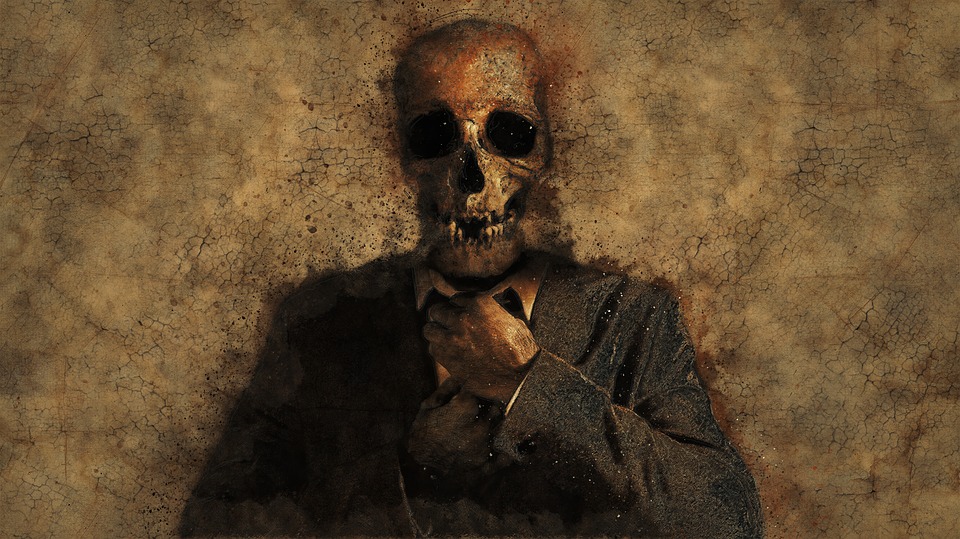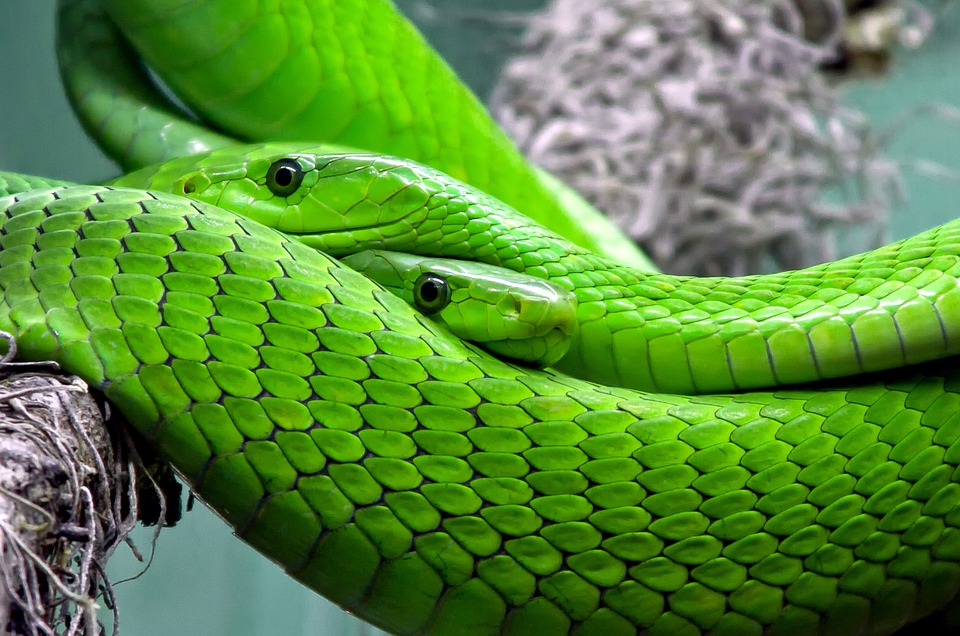Bacopa monniera
The semi-aquatic plant called the brahmi is found growing in India, as well as in the tropical marshes and wetlands along Florida, brahmi is also found in parts of Central America and other tropical regions of the world. The plant is an aquatic creeping perennial herb, marked off by crinkled leaves and distinctive white flowers; it is related to the plant family containing plants like the spinach and the snapdragon. The herb is found floating in the waters of marshes and wetlands in tropical regions of the world. Herbalist make used of the tops of the plant to prepare herbal remedies of many kinds for the treatment of all types of problems and disorders.
Tag: underworld
Cabbage
Brassica oleracea
The common cabbage is a very familiar garden plant and parts of the plant are widely used as a vegetable all over the world. This plant is a “round” herb which is biennial or perennial, cabbage may reach 8 ft or up to 2.5 m when fully grown. Gray leaves and a thick stem characterize the cabbage, and the herb also bears striking four petaled yellow flowers when it blooms in the spring. The familiar cabbage head is produced during the late summer within the first year of growth, this head of the cabbage results from the greatly enlarged terminal bud, and the head of cabbage is a very common vegetable all over the world.
Hachacyum (our very lord)
Creator god. Mayan (Lacandon, classical Mesoamerican) [Mexico]. The creator of the world assisted by three other deities, his consort and two brothers, one of whom is Sucunyum, his counterpart (or alter ego) in the underworld. Also Nohochacyum (our great lord).
Hunhau
God of death. Mayan (Yucatec and Quiche, classical Mesoamerican) [Mexico]. One of the several “lords of death” listed in the codices who rule the underworld, Mictlan. Hunhau is generally depicted with canine attributes, or with the head of an owl.
Hades HAY deez
Lord of the Underworld
Hades is one of the six Olympians, i.e. one of the six children of Kronos (Cronos) and Rhea. He and his two brothers divided creation into thirds and each took a portion for their own. Hades chose, as his dominion, The Underworld.
ARSAN DUOLAI (terrible dweller of the underground world)
ORIGIN Yakut [eastern Siberia]. Chief spirit of the underworld.
KNOWN PERIOD OF WORSHIP prehistoric times until circa AD 1900.
SYNONYMS none.
CENTER(S) OF CULT none.
Continue reading “ARSAN DUOLAI (terrible dweller of the underground world)”
Apep
Apep (or Apophis or Apopis), a dragon of Chaos was an Egyptian dragon and can be seen as the opposite of the sun god Re (or Ra). Every day Apep fought with Re, in order to turn the world into darkness. Apep wanted to prevent Re in travelling from east to west across the sky each day. He fought with, storms and darkness and rain against Re. At the end of the day, Apep succeeded and Re made went into the Underworld. This is the moment when darkness (night) covered the earth instead of daylight. Re, however, was reborn the next day, as a matter of fact, he was reborn every day, so Apep had to fight the same battle with Re over and over. This battle can be seen as symbol of the cycle of life and death (information provided by Dragonfly).
CELTIC WORKSHOP #4 – CELTIC MUSIC
Anyone that has ever done Magick knows that it involves resonances and associations. Magick has many color associations as well as musical associations. We have all experienced the magick of music in contemporary music. Sometimes this can be in the form of attending a concert, othertimes it can be when we are alone and listening to our favorites tunes. Modern day religious services take advantage of the Magick inherit to music to enhance their worship services. This can be in singing hymns or hearing organ and choral anthems. I’m sure that we will all agree that music in such sitruarions alters our state of being. We are uplifted and changed by the ritual music we experience. It should be no surprise that the ancient Celts used music in a similar manner. In Morgan Llwellyn’s “Druids” we find an example of such a Druidic use of music in Magick. The chief Druid of a village would greet the Sun with song and lead the village each day in welcoming the Sun back from the Underworld. When the Sun set, another farewell song was enjoined. This practice is still followed by some in Celtic lands to this day. Examples of such incantations and greetings to the Sun may be found in the “Carmenica Gadetica” a vast resources of ancient and rercent Celtic verse and song.
Cernunnos
by Dr Anthony E. Smart
“The Horned One” is a Celtic god of fertility, life, animals, wealth, and the underworld. He was worshipped all over Gaul, and his cult spread into Britain as well. Cernunnos is depicted with the antlers of a stag, sometimes carries a purse filled with coin. The Horned God is born at the winter solstice, marries the goddess at Beltane, and dies at the summer solstice. He alternates with the goddess of the moon in ruling over life and death, continuing the cycle of death, rebirth and reincarnation.
Minoan Snake Goddess
by Dr Alena Trckova-Flamee, Ph.D.
The Snake Goddess was one of the Minoan divinities associated closely with the snake cult. She is called also Household Goddess due to her attribute of the snake, which is connected with welfare of the Minoan house. But the snake is also symbol of the underworld deity, so the Snake Goddess is related to chthonic aspects too.









